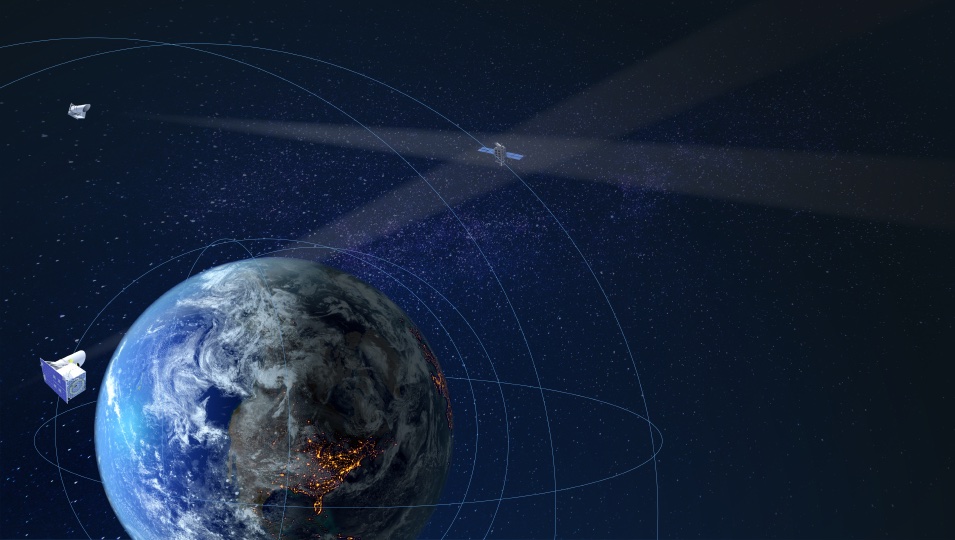TAMPA, Fla. — NorthStar Earth & Space, a startup developing a constellation for tracking other satellites, has secured Canadian government funding for a prototype Earth observation monitoring system to combat climate change.
Montréal-based NorthStar said July 22 it is working with the Canadian Coast Guard on the project, using an airborne hyperspectral sensor system to monitor sensitive marine and coastal environments.
The initiative builds on airborne missions NorthStar has previously conducted, according to the startup’s CEO Stewart Bain, where a hyperspectral imager was attached to aircraft for monitoring tracks of land to calibrate its future satellites.
Defence Research and Development Canada (DRDC), part of the country’s Department of National Defence, is investing 1.5 million Canadian dollars ($1.2 million) into the project.
It is worth 2.7 million Canadian dollars in total, comprising a complex exchange of in-kind services from NorthStar and other partners.
Quebec’s Institut national de la recherché scientifique (INRS) Centre for Water, Land, and Environment is also supporting the project, which will run until the first quarter of 2024.
Bain said in an interview that NorthStar is also looking at similar systems with partners he declined to disclose in pipeline monitoring, agriculture, forestry and water quality.
The July 22 announcement is one of the first for the Earth observation side of NorthStar, which recently contracted Thales Alenia Space to build three satellites for providing space situational awareness (SSA) services.
NorthStar decided “a couple of years ago” to decouple the need for both sides of the business to run from the same satellite, Bain said, letting one wait for the other if necessary.
“It’s cheaper and quicker to put a satellite to do what we need to do in space situational awareness than it is for the other component,” he said.
NorthStar repurposed a partner’s in-orbit satellite for a certain period of time to calibrate systems its three upcoming SSA spacecraft, called Skylark, will use.
Bain said the Skylarks are on track to be ready for a launch in the first quarter of 2023.
The SSA constellation aims to reach 12 satellites by the second quarter of 2025 under its current baseline plan.
NorthStar has plans to launch the first hyperspectral satellites geared for Earth observation “a couple of years after that,” although it is looking at ways to accelerate the deployment.
“NorthStar’s philosophy across the board is to sell information services to protect the environment,” Bain said.
“Hence our purpose, which is empowering humanity to preserve our planet. So we’re looking at the space environment and the Earth environment, and all these environments, as a system of systems.
“NorthStar develops a system-of-systems solution to the problem, and a big component of that is information services and precise, real-time information services.”
